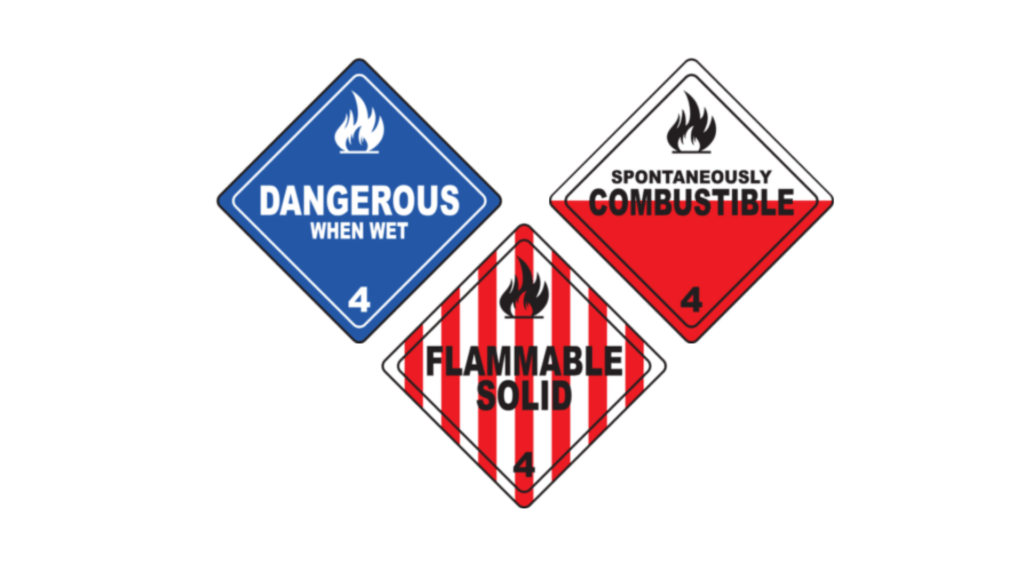When it comes to safety in hazardous environments, intrinsically safe devices are the go-to solution. Designers design these devices to prevent the ignition of flammable substances by limiting the energy available for ignition. But what exactly goes into the making of these devices? In this article, we delve into the materials and components used in intrinsically safe devices. This information is brought to you by the Intrinsically Safe Store, your one-stop-shop for all your intrinsically safe equipment needs. We invite you to explore our website for a wide range of intrinsically safe devices.
Materials Used in Intrinsically Safe Devices
Intrinsically safe devices are made from a variety of materials, each chosen for its specific properties that contribute to the overall safety of the device. Here are some of the most commonly used materials:
- Stainless Steel: This material is often used for its durability and resistance to corrosion, making it ideal for use in harsh environments.
- Polycarbonate: This is a type of plastic that is known for its strength and impact resistance. It is often used in the casing of intrinsically safe devices.
- Silicone: This material is used for its flexibility and high-temperature resistance. It is often used in seals and gaskets in intrinsically safe devices.
Components of Intrinsically Safe Devices
While the materials used in intrinsically safe devices are important, the components that make up these devices are equally crucial. Here are some of the key components:
- Energy-Limiting Components: These components, such as resistors and fuses, are designed to limit the amount of energy that can be transferred to the hazardous area, preventing ignition.
- Sealing Components: These components, such as gaskets and seals, prevent the ingress of hazardous substances into the device.
- Isolation Barriers: These components separate the hazardous area from the safe area, preventing the transfer of energy that could cause ignition.

Case Study: Intrinsically Safe Devices in Action
To illustrate the importance of these materials and components, let’s look at a case study. A chemical plant was experiencing frequent equipment failures due to the harsh environment. After switching to intrinsically safe devices made from stainless steel and polycarbonate, and equipped with energy-limiting components and isolation barriers, the plant saw a significant reduction in equipment failures. This case study underscores the importance of using the right materials and components in intrinsically safe devices.
Ensuring Safety in Hazardous Environments
Intrinsically safe devices play a crucial role in maintaining safety in hazardous environments. The materials and components used in these devices, from stainless steel and polycarbonate to energy-limiting components and isolation barriers, are carefully chosen to prevent ignition of flammable substances. By understanding what goes into these devices, we can appreciate their importance and effectiveness. For more information on intrinsically safe devices, or to explore our range of products, visit the Intrinsically Safe Store or contact us today.


























